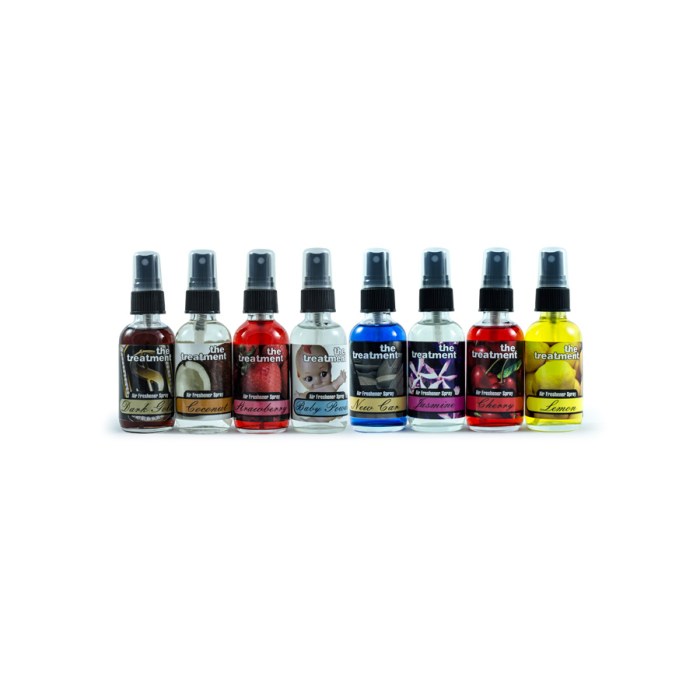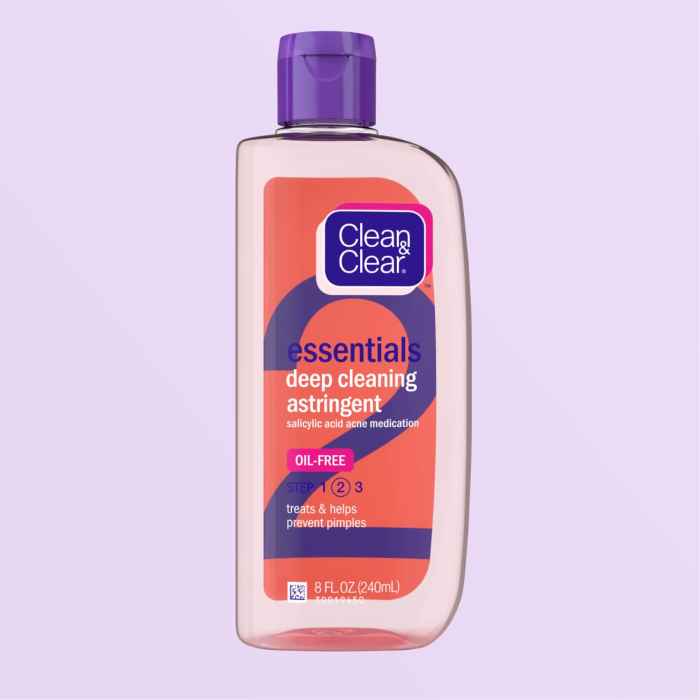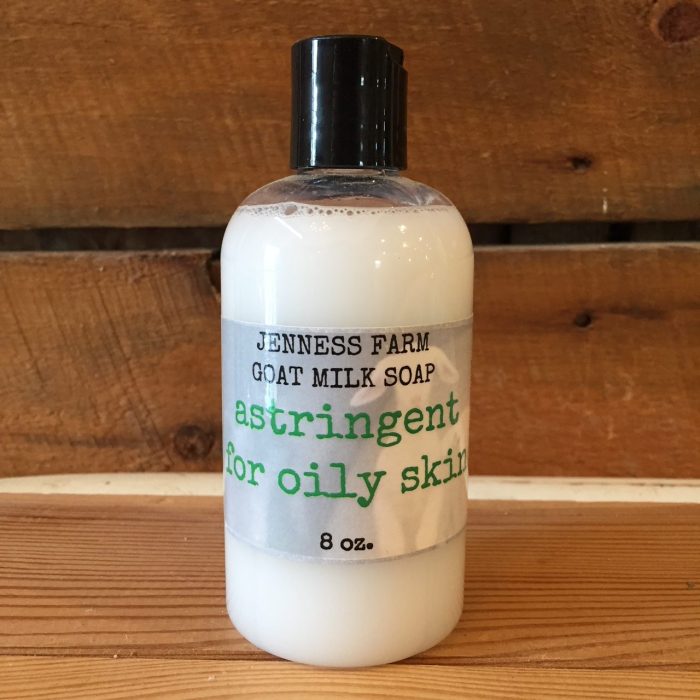What are fresheners and astringents – In the realm of skin care, fresheners and astringents have carved a niche as indispensable tools for maintaining a healthy and radiant complexion. These products, often overlooked or misunderstood, play a crucial role in cleansing, toning, and refreshing the skin, paving the way for a more youthful and vibrant appearance.
This comprehensive guide delves into the world of fresheners and astringents, unraveling their distinct characteristics, exploring their mechanisms of action, and highlighting their multifaceted benefits for various skin types. By understanding the nuances of these skincare essentials, individuals can make informed choices that align with their specific needs and achieve their desired skin goals.
What are Fresheners and Astringents

Fresheners and astringents are skin care products designed to cleanse, tone, and refresh the skin. They play a crucial role in maintaining skin health and appearance.
Fresheners, also known as toners, are typically water-based solutions that help remove dirt, oil, and impurities from the skin. They often contain ingredients like alcohol, witch hazel, or glycolic acid that help exfoliate and tighten the skin. Astringents, on the other hand, are more concentrated solutions that contain higher levels of alcohol or other astringent ingredients.
They are primarily used to shrink pores, reduce inflammation, and control oil production.
Both fresheners and astringents offer a range of benefits for the skin, including:
- Removing dirt, oil, and impurities
- Tightening and toning the skin
- Reducing inflammation and redness
- Controlling oil production
- Improving skin texture and radiance
Types of Fresheners and Astringents

| Type | Ingredients | Purpose | Benefits |
|---|---|---|---|
| Alcohol-based fresheners | Ethyl alcohol, isopropyl alcohol | Remove dirt, oil, and impurities | Exfoliating, tightening, oil control |
| Witch hazel fresheners | Witch hazel extract | Soothe inflammation, reduce redness | Anti-inflammatory, antibacterial |
| Glycolic acid fresheners | Glycolic acid | Exfoliate, improve skin texture | Anti-aging, brightening |
| Salicylic acid astringents | Salicylic acid | Control oil production, prevent acne | Anti-inflammatory, exfoliating |
| Tannin astringents | Tannins (e.g., green tea extract) | Shrink pores, tighten skin | Antioxidant, anti-inflammatory |
Ingredients and Mechanisms of Action
Fresheners and astringents contain a variety of ingredients that work together to cleanse, tone, and refresh the skin.
Alcohol, a common ingredient in fresheners, acts as a solvent to remove dirt, oil, and impurities from the skin. It also has astringent properties that help tighten the skin and reduce pore size.
Witch hazel is a natural astringent that contains tannins, which have anti-inflammatory and antibacterial properties. It helps soothe irritated skin, reduce redness, and shrink pores.
Glycolic acid is an alpha-hydroxy acid (AHA) that exfoliates the skin by removing dead skin cells. This helps improve skin texture, reduce fine lines and wrinkles, and brighten the skin.
Salicylic acid is a beta-hydroxy acid (BHA) that is oil-soluble, allowing it to penetrate deep into the pores. It helps control oil production, prevent acne, and reduce inflammation.
Tannins are natural astringents that are found in plants such as green tea and oak bark. They help shrink pores, tighten the skin, and reduce inflammation.
Application and Usage: What Are Fresheners And Astringents

Fresheners and astringents are typically applied to the skin after cleansing. They can be used daily or as needed.
To apply a freshener, soak a cotton ball or pad with the solution and gently wipe it over the face, avoiding the eyes and lips. For astringents, use a cotton swab to apply the solution directly to the affected area.
It is important to note that fresheners and astringents can be drying, so it is important to moisturize the skin after use. People with sensitive skin should also test the product on a small area of skin before applying it to the entire face.
Benefits and Limitations

Fresheners and astringents offer a range of benefits for the skin, including:
- Removing dirt, oil, and impurities
- Tightening and toning the skin
- Reducing inflammation and redness
- Controlling oil production
- Improving skin texture and radiance
However, it is important to note that fresheners and astringents can also be drying, so it is important to use them in moderation and to moisturize the skin after use. People with sensitive skin should also test the product on a small area of skin before applying it to the entire face.
Alternatives to Fresheners and Astringents
There are a number of natural or alternative methods that can provide similar benefits to fresheners and astringents.
For example, green tea extract is a natural astringent that can be used to soothe inflammation and reduce redness. Apple cider vinegar is another natural astringent that can help control oil production and improve skin texture. Witch hazel is also a good natural alternative to fresheners and astringents.
There are also a number of DIY recipes for fresheners and astringents that can be made at home. For example, a simple freshener can be made by mixing equal parts water and witch hazel. A simple astringent can be made by mixing equal parts water and apple cider vinegar.
Popular Questions
What is the primary difference between fresheners and astringents?
Fresheners primarily cleanse and refresh the skin, removing dirt and excess oil. Astringents, on the other hand, focus on tightening and toning the skin, reducing the appearance of pores and controlling oil production.
Are fresheners and astringents suitable for all skin types?
While fresheners are generally suitable for most skin types, astringents may be more beneficial for oily or acne-prone skin. Individuals with dry or sensitive skin should use astringents sparingly or opt for gentler alternatives.
How often should I use fresheners and astringents?
The frequency of use depends on individual skin type and needs. Fresheners can be used daily, while astringents are typically recommended for use 1-2 times per week.